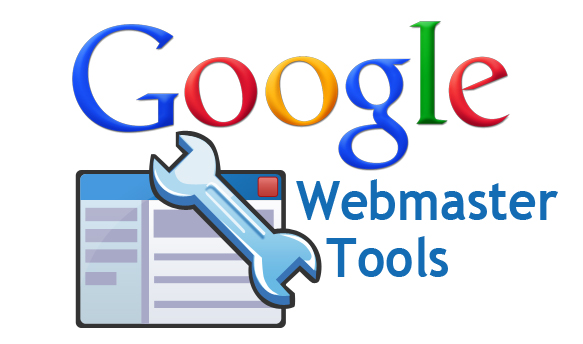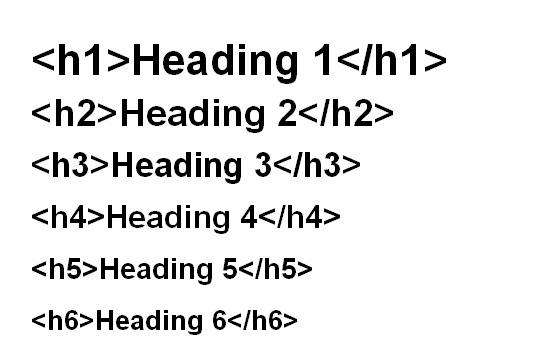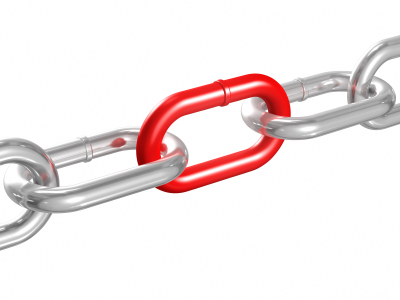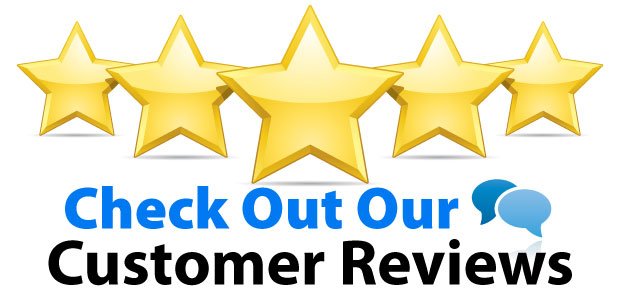Posted on:
11 February 2015
Read These 10 Tips Now To Improve Your Ecommerce Website’s SEO
Online retailers are just beginning to understand the significance of search engine optimization for their business success. Many companies have adopted SEO techniques to overpower competition. Ecommerce SEO has been able to create a huge boost in website traffic which in turn is facilitating the marketer to reach wider demographics and increase sales and revenues. Now e-commerce in this age of updated search engine algorithm consists more than just the quality and originality of the content. Here are the 10 tips to success:
1. Google Webmaster

Every informed ecommerce marketer has a Google Webmaster Tools account. This is available as a free set of tool offered by Google that helps in retaining a lot of implicative information and SEO performance of your website. Linking up your website with Google Webmaster is quite easy and marketers can even choose to link multiple websites with the same account.
2. Page Title

Coming to the technical aspects of the ecommerce webpage itself, the title tag in your page is not just the first thing that a user will come across in Google search results but it is also important to boost SERP rank. Now the title tag should be such that it incorporates the relevant keywords and also reads natural to the unwary visitor. Unique title tags get more visibility than the more commonly used ones. You can also use the Google Webmaster tool to check that your title tag isn’t clashing with other competing businesses.
3. Meta description

Meta description is the brief description of the page that comes along with the title tag in the SERPs. By standard, a Meta description should be less than 156 characters. Again, this includes the required keywords which while reading makes the viewer curious.
4. Product descriptions

While a standardized product description is always provided by the vendor of the item, there are good chances that the same content is being used by other retailers as well. A unique product description immediately gives you a boost, and adds SEO value to your webpage. Again, try to come up with an original content presented in a unique format.
5. HTML heading

Consult with your developer to tailor the webpage’s CSS to fit with design aesthetics and HTML heading tags. Normally, every given page should contain one H1 tag and multiple H2 and H3 tags.
6. Product images

Not many might know, but product images also play a huge role in ecommerce optimization. Every image integrates an alt text, which if includes the keyword can bring in substantial amount of additional traffic. Also make sure that the product images aren’t making your website slow.
7. Improved navigation

The most updated Google bots tend to act so much like a human. A site should be designed such that these bots find it easier to navigate and search for specific pages linked to specific keywords/key phrases. This is also the reason why many successful ecommerce websites still use plain HTML menus.
8. Page linking

Linking products don’t just give similar products in your website a boost from a search but also provide your whole website a better SERP rank.
9. Customer reviews

Customer reviews present an unbiased opinion of others who have already bought products from a certain ecommerce store. A potential customer likes to go through these reviews before he/she orders the product. Also, new reviews getting added to your product page regularly makes it more like for Google bots to crawl into your page.
10. Encourage link sharing

Customers who have bought a certain product and were helped by it won’t mind sharing it on social networking platforms. However, this can actually mean a great boost for your web traffic and subsequently SEO.
Did you like this? Share it: